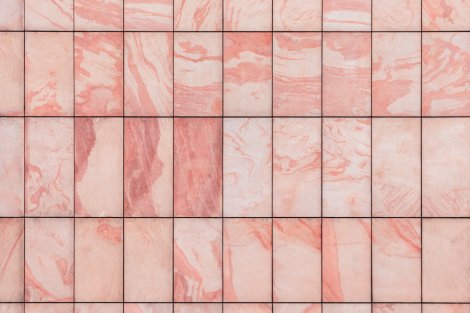In the right conditions, mold can begin to creep into areas of your home in 24 to 48 hours. Stains, dampness, standing water, or a musty smell may signal that mold is growing and removal is needed. It’s also important to note that mold isn’t just black. Depending on the material it’s feeding or growing on it may be brown, rusty, blueish, and even white. But, knowing what to look for is only half the battle. Here are some of the key areas we have found mold growing in Lake George and Capital Region homes.
Carpeting
Carpeting is the perfect spot for mold to hide because it’s hard to see it underneath the carpet on the padding. Spills of any kind of liquid need to be completely dried to keep mold from getting a foothold. If you see mold on your carpet, chances are it’s more widespread than you think and it’s time to call in a mold remediation specialist to fix the problem and stop the spread.
Walls and Ceilings
You can’t see behind your walls and ceilings, but you can keep an eye out for some of the telltale signs that mold is present. If you’re getting a whiff of a musty, earthy smell, see condensation, or have peeling wallpaper that should raise a red flag. Contact a professional mold removal company to assess the situation. Tackling this job on your own could release mold spores and contaminate an even larger area.
Garages
One of the biggest mistakes that homeowners make is waiting too long to call. The fact is, it can be difficult to determine the extent of damage just by looking at it. And the longer you wait, the more likely the chance for unseen moisture to cause structural damage and mold growth.
The first step in any water damage situation is to call a professional water & mold damage specialist. While you can do some of the immediate action items yourself – like turning off the water source and electricity, removing access water and relocating your valuables – you’ll need a professional to access the damage and provide industry-accepted, commercial-grade water pumps, fans and dehumidifiers to restore the space to a healthy, stable condition.
The first step in any water damage situation is to call a professional water & mold damage specialist. While you can do some of the immediate action items yourself – like turning off the water source and electricity, removing access water and relocating your valuables – you’ll need a professional to access the damage and provide industry-accepted, commercial-grade water pumps, fans and dehumidifiers to restore the space to a healthy, stable condition.
Behind Bathroom & Kitchen Tile
In tiled areas of a kitchen or bath, moisture can find its way in through cracks in the grout generating mold inside the walls. This type of mold growth can continue for years before it’s found either because of the smell or in many cases a remodeling project uncovers it. Having good ventilation and making sure grout is resealed regularly can help prevent this from happening.
Windows
Moisture is always looking to get into your house through the windows. Improper flashing, poor installation, and decaying caulk all give moisture a chance to invade the walls. In the Southern Adirondacks and Glens Falls area, heating your home in the winter can create a high humidity level inside and when that interacts with the cold window glass it creates moisture that can develop into mold. Check around windows periodically for stains or signs of mold.
Bathroom and Dryer Vents
These vents send a huge amount of moist air exhaust out of the house. They should always vent to the exterior of the house and not into the attic or crawl space. If they are venting to these areas there’s a good chance you’ll find a concentration of mold that needs to be eradicated by a remediation specialist.
Attics
People don’t spend much time in the attic, but between the heat and moisture created by roof leaks and bathrooms, mold can grow at a fast clip. It’s especially important to check underneath insulation as this is a prime hiding spot.
Crawl Spaces
Dark, damp, musty crawl spaces are the perfect place for mold to grow. Small plumbing leaks, poor drainage around the foundation, and no ventilation keeps this area from drying out. Regularly check crawl spaces for musty odors, moisture, leaks, standing water, and any visible mold.
CleanBright: The Capital Region's Mold Experts
At CleanBright Surface Restoration, our experienced mold abatement professionals know where to look and how to tackle any type of mold removal project. We specialize in mold removal and restoration in residential, commercial, and bank foreclosed properties throughout New York’s Greater Capital Region (including Albany, Saratoga Springs, Schenectady, Troy, Glens Falls, Clifton Park, Hudson, Colonie, East Greenbush, Ballston Spa, Malta) and western VT & MA.




